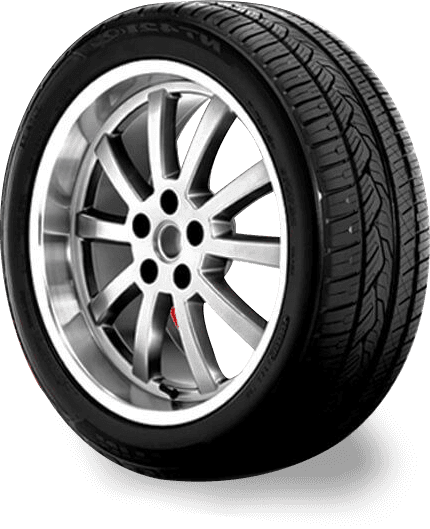
Oct . 22, 2024 13:23
Back to list
Safety Valves Ensuring Pressure Control and System Protection in Engineering Applications
Safety Valves An Essential Component in Industrial Systems
Safety valves are crucial devices in various industrial settings, serving as the last line of defense against overpressure conditions that can lead to catastrophic failures. Their primary function is to release excess pressure from systems, ensuring safe operation and protecting personnel, equipment, and property. This article explores the importance, functionality, and types of safety valves, as well as their applications in different industries.
Understanding Safety Valves
A safety valve is a mechanical device designed to automatically release substances from a boiler, pressure vessel, or pipeline when the pressure or temperature exceeds preset limits. This release prevents the pressure from reaching dangerous levels, which can lead to explosions, equipment damage, or even injury or loss of life. Safety valves are vital in industries that operate under high pressure, including oil and gas, chemicals, pharmaceuticals, and manufacturing.
How Safety Valves Work
At its core, a safety valve consists of a valve body, a spring, and a disc or plug that seals the opening. The spring holds the disc against the seat, keeping the valve closed during normal operations. When the pressure in the system exceeds the valve's set point, the force of the pressure overcomes the spring tension, opening the valve and allowing fluid or gas to escape. Once the pressure drops back to a safe level, the spring closes the valve, restoring the system to its normal state.
Safety valves are designed for quick response and reliability, ensuring that they activate promptly when overpressure conditions occur. The calibration of the preset pressure limit is critical, requiring regular maintenance and testing to ensure optimal performance and compliance with safety regulations.
Types of Safety Valves
.
1. Conventional Safety Valves These valves are commonly used in steam and liquid systems. They open gradually and are primarily used in pressure relief applications.
صمام الأمان

2. Balanced Safety Valves Designed to minimize the effects of back pressure, balanced safety valves maintain consistent performance even when upstream pressure fluctuates.
3. Pilot-Operated Safety Valves These valves are used in high-pressure systems. They utilize a smaller pilot valve to control the larger main valve, allowing for more precise pressure control.
4. Spring-Loaded Safety Valves These are the most common type, relying on a spring mechanism to control the opening and closing of the valve based on pressure changes.
5. Thermal Relief Valves These valves are specifically designed to relieve pressure caused by thermal expansion in liquids, commonly found in tanks and piping systems.
Applications in Various Industries
Safety valves find applications across multiple industries. In the oil and gas sector, they protect refinery equipment and storage tanks from excessive pressure that may result from thermal expansion or process upsets. In the chemical industry, they ensure that reactors and vessels operate safely, preventing potential explosions and leaks.
In the pharmaceutical field, safety valves are critical for maintaining sterile environments while managing pressure in various production processes. Similarly, in manufacturing, they protect equipment used in processes such as welding or casting from dangerous pressures that may lead to failures or accidents.
Conclusion
In summary, safety valves are indispensable in maintaining the integrity and safety of industrial systems. By understanding their functionality and types, industries can implement effective pressure relief solutions that not only comply with safety regulations but also protect valuable resources and ensure worker safety. Regular maintenance and testing of safety valves are essential to their performance, safeguarding against potential risks associated with overpressure. The overarching goal remains clear to create safe working environments where industrial processes can operate smoothly and efficiently without compromising safety.
Latest news
-
Safety Valve Spring-Loaded Design Overpressure ProtectionNewsJul.25,2025
-
Precision Voltage Regulator AC5 Accuracy Grade PerformanceNewsJul.25,2025
-
Natural Gas Pressure Regulating Skid Industrial Pipeline ApplicationsNewsJul.25,2025
-
Natural Gas Filter Stainless Steel Mesh Element DesignNewsJul.25,2025
-
Gas Pressure Regulator Valve Direct-Acting Spring-Loaded DesignNewsJul.25,2025
-
Decompression Equipment Multi-Stage Heat Exchange System DesignNewsJul.25,2025

